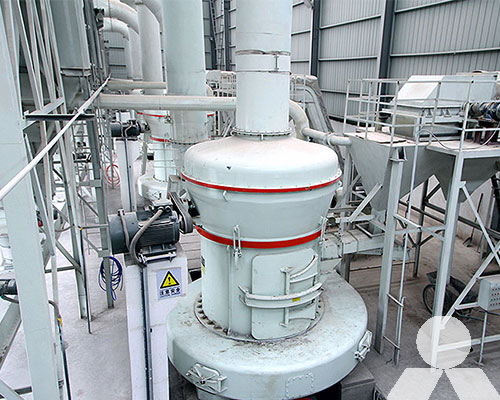Relationship between the grinding mill’s output and fineness
The relationship between a grinding mill’s output and fineness depends on various factors, including the type of mill, the grinding mechanism, the feed material properties, and the operating conditions. Generally, the following principles apply:

- Mill Type: Different types of grinding mills, such as ball mills, vertical roller mills, and hammer mills, have varying characteristics that can affect the output and fineness. Each mill type has a specific design and operational parameters that influence the grinding process.
- Grinding Mechanism: The grinding mechanism used in the mill plays a crucial role in determining the fineness of the ground material. For example, impact-based mills, such as hammer mills, tend to produce coarser particles compared to attrition-based mills, such as ball mills or stirred media mills.
- Feed Material Properties: The properties of the feed material, such as hardness, moisture content, and size distribution, significantly impact the grinding process. Harder materials may require more energy and time to achieve the desired fineness. Similarly, materials with higher moisture content can affect the mill’s efficiency and output.
- Operating Conditions: Factors such as the mill speed, residence time, grinding media size and distribution, and air flow rate (in case of air-swept mills) influence the grinding process. Optimizing these parameters can help achieve the desired fineness while maximizing the mill’s output.
In general, as the fineness requirement increases, the grinding mill may need to operate for a longer duration or at higher energy inputs to achieve the desired result. However, it is important to note that there might be practical limitations on the maximum achievable fineness for a specific mill due to equipment design constraints or the nature of the material being ground.
It is advisable to consult the manufacturer’s guidelines or perform laboratory tests to determine the optimal operating conditions and understand the relationship between the grinding mill’s output and fineness for a particular application.









